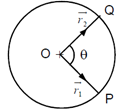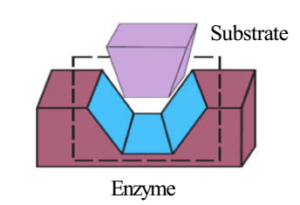Science > Physics > Circular Motion > Angular Displacement, Velocity, and Acceleration Angular Displacement: For a particle performing a circular motion the angle, traced by the radius vector at the centre of the circular path in a given time is called the angular displacement of the particle at that time. It is denoted by ‘θ’. Its […]



